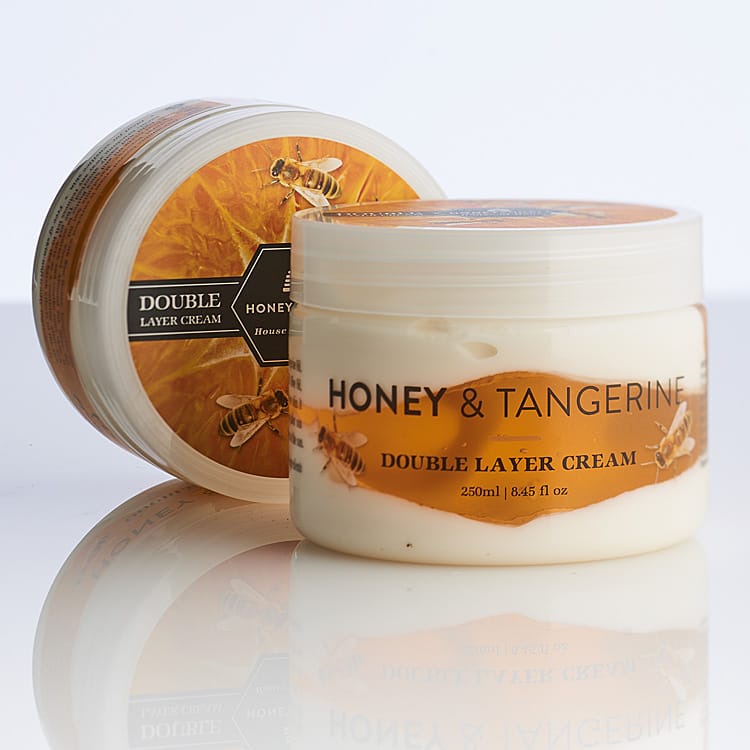

The tree is relatively small compared to other citrus varieties, making it a great choice for home gardens or patio container pots.
211Q HONEY TANGERINE SKIN
Honey tangerines have smooth, thin skin and were traditionally used for canning, marmalades, and juices. The name was given to it due to its honey-like sweetness.

Swingle, a horticulturist at the United States Department of Agriculture (USDA) research center in Orlando, Florida. Honey tangerines are a cultivar of citrus fruit, believed to be a hybrid of the Dancy tangerine and willow leaf mandarin. Also, honey tangerines have fewer calories than other types of fruit, making them an excellent choice for people trying to lose weight. They also contain antioxidants that can help protect against cancer and heart disease. Honey tangerines are high in vitamin C, fiber, potassium, and other minerals. They are considered a terrific snack because of their sweet taste and small size. The flesh of a honey tangerine is pale orange, very sweet, juicy, and full of flavor. They result from a cross between two tangerine varieties-the Dancy and the Orlando. Honey tangerines are a hybrid citrus fruit known as Murcott, Honey Sweet, or Fallglo. Here is everything you need to know about honey tangerines. Honey tangerines are a hybrid citrus fruit developed through cross-pollination of two other varieties – Dancy and Orlando tangelos. The fruit is sometimes referred to as “honey bell tangerines” or “minneolas” due to the bell-shaped end. They are smaller than oranges, with thin, yellow-orange skin and a sweet flavor. Honey tangerines are a citrus fruit closely related to oranges and mandarins.


 0 kommentar(er)
0 kommentar(er)
